Getting Started with Audiences
Audiences are a list of a member’s you can send a campaign to. You can use you’re member’s profile and historical activity to filter member’s into a dynamic audience. For example, you may want to send a text message and offer to your text subscribers who have not made a purchase in the last 60 days. Spendgo offers a lot of audience filter options, so you can make the most out of your audience.
Here are some examples of audiences you can create:
SMS subscribed members who spent more than $100 within the last 7 days.
Email subscribed members who didn't use their Birthday offer.
Member’s who recently made a purchase.
Member’s whose average ticket is $20 in the month of August.
Member’s who joined recently and has not used their welcome offer.
Member’s who haven’t visited in the last 90 days.
In this article, you'll learn how to create and implement an audience.
Things To Know
Here are some things you should know about your audiences.
Audiences are dynamic, meaning members can move in and out of an audience based on the filter criteria and the time at which the audience is applied.
Audiences are compatible with the Date & Time and Recurring automations.
Days are calculated based on the Universal Time Coordinated (UTC) timezone and include the current day when the audience is gathered. It's important to note that UTC days may start and end earlier than your local timezone. When setting up campaigns, consider how this impacts your filter criteria and scheduling.
If you schedule a campaign for the afternoon (like 5pm Pacific or later), it could result in members falling into the following UTC day. For example, if you schedule a campaign for 10am PST on August 7th with an audience filter of within 7 days, it will include members who meet the condition from August 1st to August 7th.
However, if you schedule a campaign for 6pm PST on August 7th (which is August 8th, 1:00 UTC), it will include members who meet the condition from August 2nd to August 8th PST.
An alternative approach is to use hours instead of days when configuring your filters.
Definitions
Filter
We use the term 'filter' in two ways. As a verb, 'to filter' means categorizing similar members into a resulting list known as an audience. The noun 'audience filters' define the criteria for querying and identifying members who share similarities.Conditions
The rules that determine what filters members into an audience.Logic
The and/or variable that determines whether a single or all conditions must be true in an audience.
About Filters
When you create audience filters, you'll set conditions to filter members. Depending on the audience’s logic of and/or, only 1 or all conditions must be met.
| Term | Meaning | Example |
|---|---|---|
| All | This logic tells our system to filter members who meet all of your conditions. | All members who made a purchase recently. |
| Any | This logic tells our system to filter members who meet 1 or more of your conditions. | Any members who earned a BOGO offer or the Free Item offer. |
Create An Audience
Audiences can be built either in the audience builder or as a step in the campaign creation process. The following instructions are how to create an audience in the Audience builder.
To create a new audience in your Spendgo account, follow these steps.
Click the Audience icon in the left bar.
Click Add New Audience or the + icon.
Give your audience a unique name.
Define whether your audience is to match any or all of the filters.
Click (+) to add your first filter criteria.
Select the filter parameter.
Enter the filter conditions.
Click (+) to add new filters or (-) in a row to remove any filter parameters.Review your audience settings and click Save.
All Audience Filter Options
Common Audience Filter Combinations
